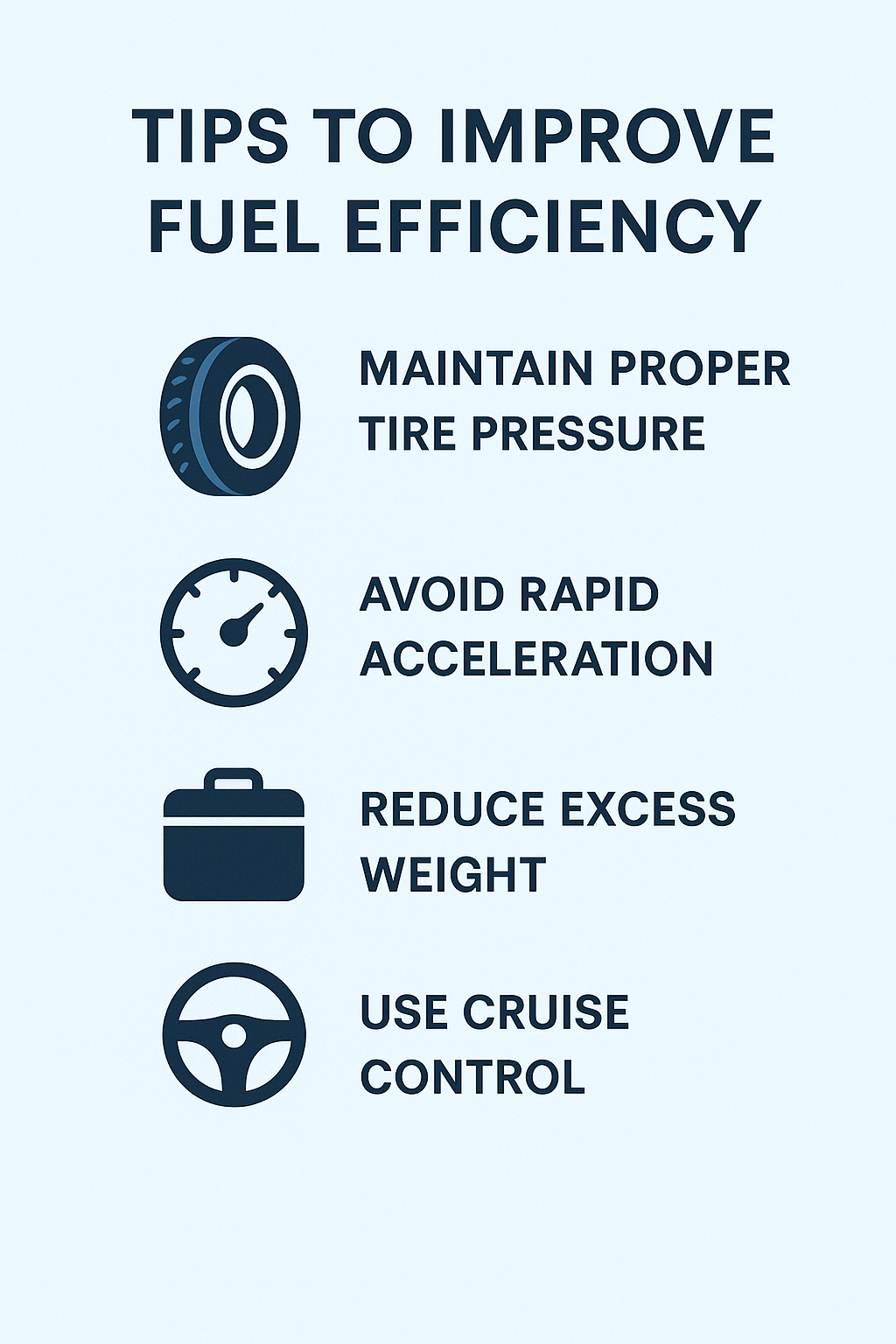How to Track Fuel Consumption and Save Money
Fuel costs are one of the biggest expenses for vehicle owners. Whether you're managing a single car or a fleet of vehicles, tracking fuel consumption can help you save money, reduce waste, and make smarter driving decisions. In this guide, we'll show you how to monitor your fuel usage effectively, the tools you can use, and actionable tips to lower your fuel costs.
Why Fuel Tracking Matters
Monitoring your fuel consumption isn't just for hyper-milers or business fleets. Here's why it matters:
- Identify inefficiencies in driving habits or vehicle performance
- Spot maintenance issues early (like a faulty oxygen sensor or underinflated tires)
- Track spending over time to stay within your budget
- Improve fuel economy with data-driven decisions
Real-World Impact
John noticed his Honda Civic's fuel economy dropped from 6.5L/100km to 8.2L/100km over two months. By tracking this data, he discovered a failing oxygen sensor early. The €150 repair saved him from months of poor fuel economy that would have cost €300+ in wasted fuel, plus prevented potential engine damage.
How to Track Fuel Consumption
Here's a simple process you can follow to start tracking your fuel usage effectively:
- Log Every Fill-Up: Record the odometer reading, amount of fuel added, total cost, and date. This can be done with pen and paper, a spreadsheet, or a mobile app.
- Calculate Fuel Economy: Use the formula:
Distance Traveled / Fuel Used. This gives you a figure in km/l, MPG, or L/100km.Example
Sarah filled up her tank and recorded 45,000 km on her odometer. At her next fill-up at 45,420 km, she added 32 liters of fuel. Her fuel economy is: (45,420 - 45,000) ÷ 32 = 420 km ÷ 32L = 13.1 km/L (or 7.6L/100km). This gives her a baseline to compare future fill-ups against.
- Use a Fuel Tracking App: Apps like Autozis, Fuelly, Drivvo, or Simply Auto can automate tracking, offer visualizations, and alert you to trends.
- Review Trends: Look for unexpected changes. If your fuel economy drops suddenly, check for issues like low tire pressure or overdue maintenance.
Red Flag Example
If your car normally gets 8L/100km but suddenly jumps to 10L/100km, that's a 25% increase in fuel consumption. This could indicate issues like underinflated tires (3-8% increase), dirty air filter (up to 10% increase), faulty oxygen sensor (up to 40% increase), or overdue oil change.
Understanding Seasonal Variations
Don't panic if your fuel economy drops 10-15% in winter. Cold weather, winter fuel blends, and increased use of heating/defrosting naturally reduce efficiency. However, if summer fuel economy doesn't return to normal levels, investigate potential issues.
Tips to Save Money on Fuel

- Keep tires properly inflated: Underinflated tires can lower fuel efficiency by 3% or more.
Real Impact:
If you drive 20,000 km per year and your car uses 8L/100km, you consume 1,600L annually. With underinflated tires increasing consumption by just 5%, you'd waste 80L per year. At €1.50/L, that's €120 wasted annually just on tire pressure!
- Drive smoothly: Rapid acceleration and hard braking burn more fuel. Drive steady and anticipate stops.
- Stick to speed limits: Most cars reach peak efficiency between 50–80 km/h.
Highway Speed Impact:
Driving at 120 km/h instead of 100 km/h can increase fuel consumption by 20-25%. On a 500 km highway trip, this could mean using an extra 8-10 liters, costing €12-15 more per trip.
- Avoid unnecessary idling: Turn off your engine if you're waiting for more than a minute.
Idling Costs:
A typical car burns about 1-2 liters per hour while idling. If you idle for just 10 minutes daily (waiting for kids, drive-throughs, etc.), that's about 30 hours per year = 30-60L wasted = €45-90 in unnecessary fuel costs.
- Use cruise control: It helps maintain a steady speed and conserves fuel on highways.
- Maintain your vehicle: Regular servicing improves efficiency and extends engine life.
Success Story
The Martinez family tracks fuel for their two cars using a smart tracking app. They discovered their SUV was 15% less efficient on short trips versus highway driving, while their sedan performed consistently. This insight helped them choose which car to use for different trips, saving €200 monthly on fuel costs.
Final Thoughts
Tracking your fuel consumption is one of the easiest ways to lower your driving costs. Whether you choose a notebook, spreadsheet, or smart app, being more aware of your vehicle's fuel behavior can help you make smarter, more economical choices.
Want help managing your car's fuel and maintenance data in one place? Try Autozis — your smart vehicle assistant.
